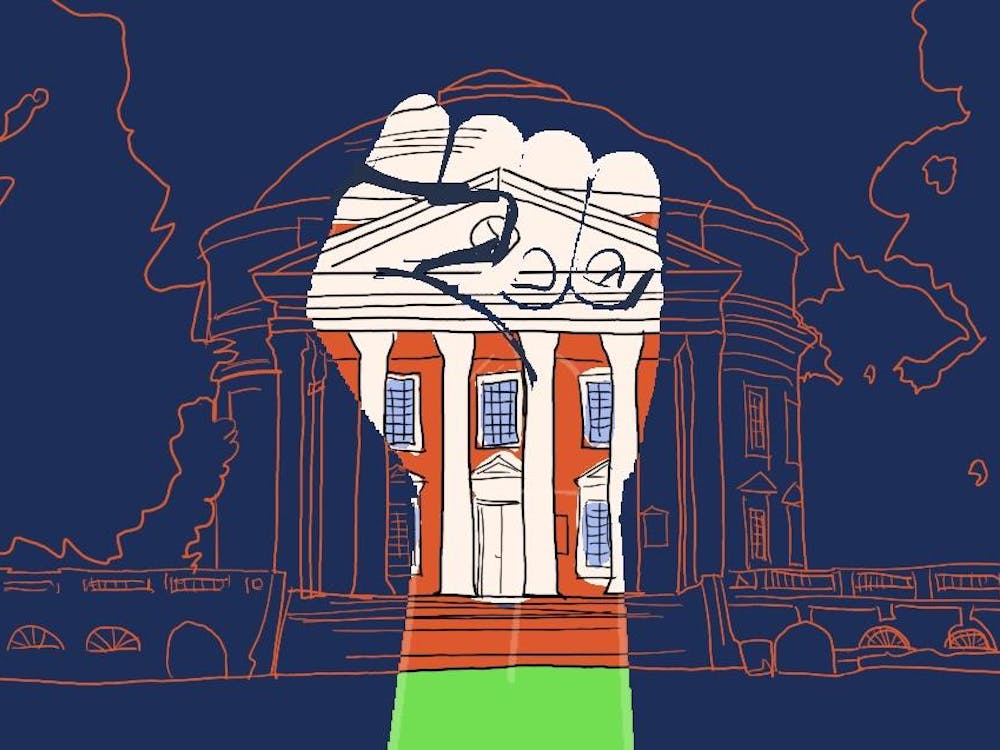IMAGINE children having sex. It's repulsive, it's immoral and the mental image is both painful to the head and nauseating to the stomach. But despite society's instinctive objection to child pornography, the main issue with its existence is that it necessarily exploits children. Or rather, it used to.
Along with countless other advantages, technology has given us virtual child pornography. Through a variety of means, graphic designers now can produce images that appear to be children in sexual situations without involving kids at all.
In 1996, the Child Pornography Protection Act tried to put a federal ban on virtual child pornography. However, this week the Supreme Court struck down the ban. Their ruling removed a ban that was more harmful than helpful and contrary to the Bill of Rights. While virtual child pornography may be as sexually offensive as actual child pornography, it is not as socially or legally problematic.
|
The CPPA defines child pornography as images of minors engaging in sexually explicit conduct. But the Act went further. It said that it was illegal to produce pornographic media representations that appear to be children. Most problematically, this included computer produced images of children in sexually compromising positions and activities. In effect, there was a ban on animations featuring child-like characters. If pornography prohibition laws buried the First Amendment, this must have had it turning over in its grave.
Like life, liberty and the pursuit of happiness, free speech and expression are conditional. They are not absolute or else they would infringe on the rights of other citizens. Child pornography is not protected by the First Amendment, because its creation infringes on the rights of others - the children involved. Actual child pornography cannot exist without actual children being molested, abused or exploited.
But virtual pornography precludes this. Talented entrepreneurs now can edit images of adults having sex or create completely new animations that exactly mimic images of children having sex.
As a dissenter in the recent case, Chief Justice William H. Rehnquist noted that these images were indistinguishable from regular children. In other words, a pedophile could be aroused equally by these fake images as actual ones. Rehnquist is absolutely right.
That isn't to say that pedophilia in itself isn't sick - it is. People who are aroused by children belong in mental institutions. Many people believe that sodomy is repulsive and tantamount to pedophilia on the moral spectrum. But that judgment is no one's to make. Sexual preference is a personal decision that the government should not be able to intervene in.
Sodomy differs in that, for the most part, it involves two consenting, mature adults. Child pornography and acts of pedophilia are wrong because they victimize children - but without the act itself, the government shouldn't interfere with sexual tastes. Thus, finding sexual pleasure in youthful images is disgusting, but not illegal.
Opponents of virtual child pornography claim it could endanger children by reinforcing the beliefs and activities of pedophiles. However, sexual perversion does not preclude rationality. Consumers of virtual child pornography will understand that if they are obtaining it through legal means then the children are not real. Surely, even pedophiles comprehend the difference between watching actual children engage in sexual activity and virtual ones. There is no reason to believe that the obvious distinction will not deter possible changes in pedophilic tendencies.
It's a shame that a ban on child pornography needs to exist because it is proof that there is demand for it. Despite numerous laws prohibiting it, pedophiles still find ways to get child pornography. Making virtual porn legal and thus more available than actual porn will help computer-generated images replace real ones. Virtual technology can satisfy the desires of the pedophilic community and spare countless minors from exploitation.
On a separate note, banning virtual underage sexuality also is artistically limiting. Technically, the law could infringe on any media - not just that designed specifically for pornographic purposes. Many modern films depict minors having sex. Cinematic accomplishments like "Lolita" and more recently, "Traffic," both depict minors explicitly engaged. Even less offensive, Shakespeare's "Romeo and Juliet" features an underage couple. Teen movies are filled with young people simulating intercourse. The Act had the potential to prohibit the making, possession and distribution of these films.
The public hates porn. The Supreme Court was brave to thwart blanket attempts at prohibition. We should be thankful for the advent of animation in the pornography industry as a practical replacement for actual children, instead of trying to forbid it. Computer-generated pornography is a victimless crime. Let this minority of perverts have their virtual fun. The rest of us should just thank God for technology.
(Kimberly Liu's column appears Fridays in The Cavalier Daily. She can be reached at kliu@cavalierdaily.com.)






